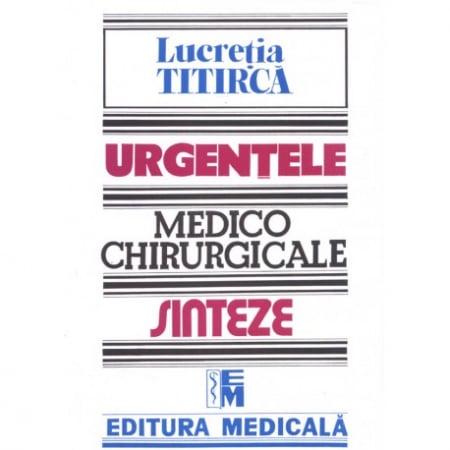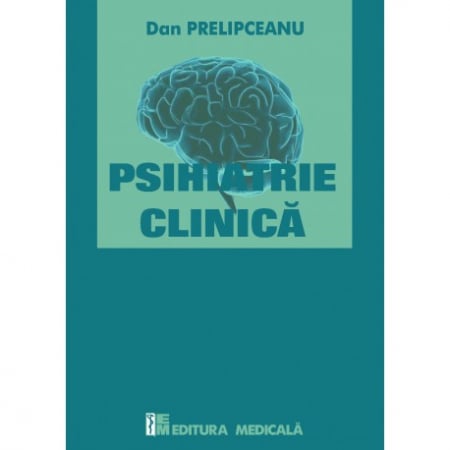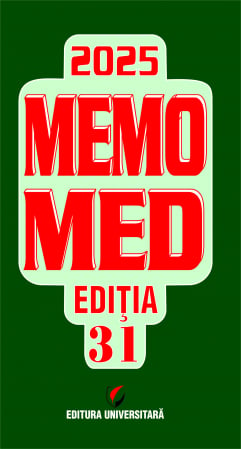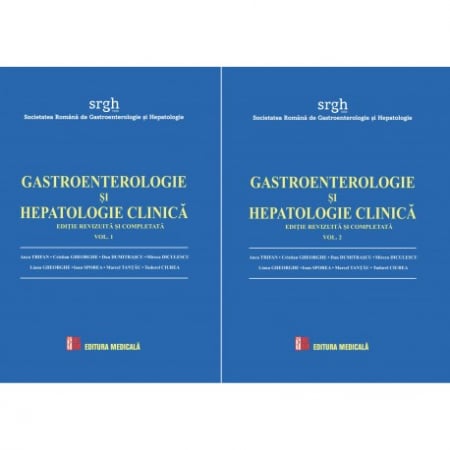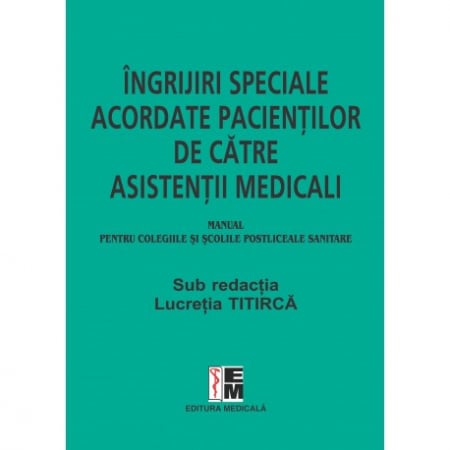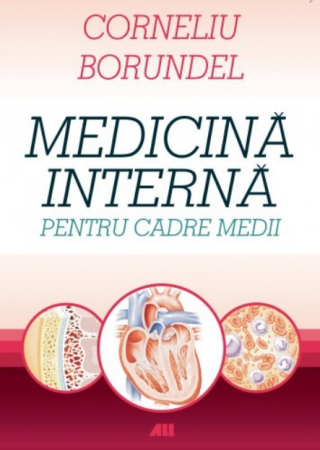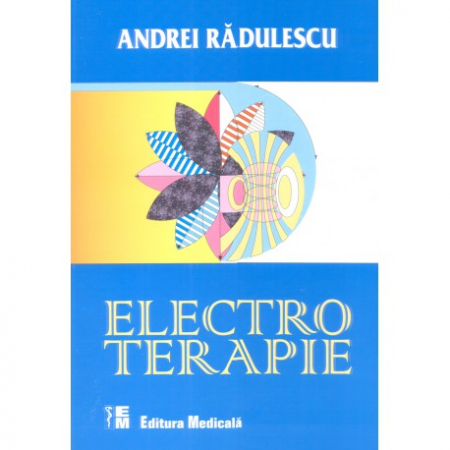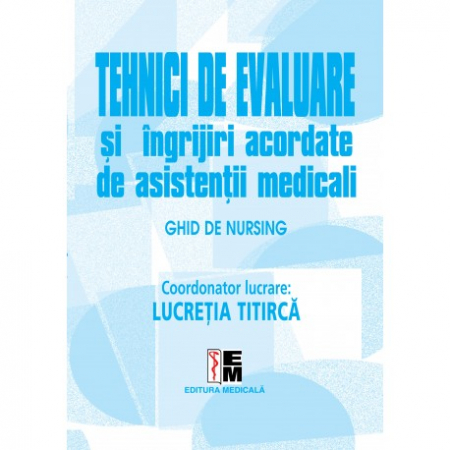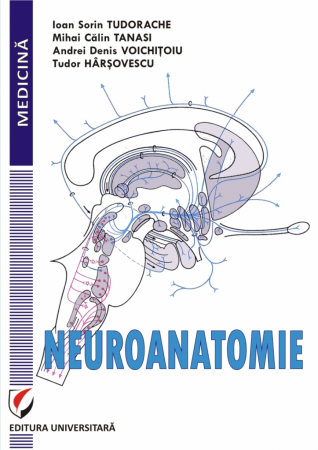ISBN: 978-606-28-0398-8
DOI: 10.5682/9786062803988
Publisher year: 2016
Edition: I
Pages: 138
Publisher: Editura Universitară
Author: Cezar Giosan, Cristina Codreanu
- Description
- Download (1)
- Authors
- Content
- More details
- Reviews (0)
HIV2 was first discovered and described in 1986 in patients from the west coast of Africa and differs from HIV 1 both antigenically and by certain clinical-evolutionary aspects:
- has a lower rate of sexual transmission than HIV1;
- maternal-fetal transmission is below 10%;
- the level of viremia is lower;
- the evolution towards AIDS is slower and longer lasting (Chiotan, 2006).
Since 1983, 15 WHO member countries confirm the existence of AIDS cases on their territory, the global expansion being favored by population migrations, increased drug use and changes in moral norms and sexual behavior (Rebedea, 2000). In 1986, following the decision of an international nomenclature committee, the virus received the official name of human immunodeficiency virus (HIV) and in the same year the issue of the HIV epidemic was presented to the UN.
In 1991, the WHO recorded more than 300,000 reported cases of AIDS in 179 countries, doubling the following year (Petrea & Chirila, 2001). The first drug for HIV to come into use is AZT (1987), under the name of Retrovir, and later new classes of drugs will appear: protease inhibitors (1995), non-nucleoside reverse transcriptase inhibitors (1996). , leading to increased life expectancy due to combination therapy. Although UNAIDS has been established under the auspices of the UN since 1996, with the aim of coordinating the fight against AIDS internationally, the virus has spread very rapidly around the world, so that in 1998, at the XII World AIDS Congress in Geneva confirms the continuous expansion with about 16,000 new cases per day (Rebedea, 2000), with 33.4 million people living with HIV / AIDS worldwide at that time. Between 2001 and 2005, the HIV virus spread to Ukraine, Russia and the former communist countries at a faster rate than anywhere else in the world. In 2006, a new UNAIDS (United Nations Joint Program for HIV / AIDS) report estimated that there were more than 39.5 million people living with HIV, including 2.3 million children under the age of 15 (Blagoslov, Constantin, Lazar, & Foundation). Romanian Children's Appeal Romania, 2006). Since 2007 and until now, worldwide there is a stagnation of the total number of cases (34 million cases, of which 3.3 million children under 15) by decreasing the number of new HIV cases and increasing the number of deaths caused by AIDS, in especially in Sub-Saharan Africa (which remains the most affected area [Jobarteh et al., 2010]). In 2011, there were almost 7,000 newly infected people per day, over 97% coming from poor and developing countries (Department for Monitoring and Evaluation of HIV / AIDS Infection in Romania, 2012). Romania was the first country in Central and Eastern Europe to announce the appearance of an AIDS case in an adult, at the European Monitoring Center in Paris, in 1985. Regarding the situation of children in Romania infected with HIV, it is unique in the world. In December 1990, WHO reported 1094 cases of AIDS in Romanian children, representing half of the total pediatric AIDS in Europe, which places Romania in first place in Europe in this regard. At the beginning of the epidemic, the vast majority of children came from foster care and were diagnosed by screening. It is important to mention that out of the 7606 cases accumulated between 1989-2007, 4885 acquired the infection through nosocomial transmission (Maniu & Cadariu, 2010). Since 2001, there has been a significant decline in pediatric HIV cases, most of which are acquired mainly through maternal-fetal transmission. Currently, vertical transmission is well controlled in our country, similar to the USA. The majority of registered HIV / AIDS cases in adults experienced a heterosexual transmission, the high-risk groups (injecting drug users and homosexuals) representing a rather small percentage of the total cases in Romania (Maniu & Cadariu, 2010).
-
PROBLEMATICA HIV/SIDA. ASPECTE MEDICALE SI PSIHOLOGICE
Download
CRISTINA CODREANU
Introduction / 7
Etiology / 11
- Mechanism of action / 13
Effects of HIV on the immune system / 16
- Pathogenesis and staging / 18
- HIV infection clinic / 20
Psychological and psychopathological repercussions of the HIV / 27 diagnosis
Prevention and treatment / 37
Psychological aspects in HIV / AIDS / 52
- Effects on the family of HIV-positive patients / 58
- Psychological intervention / 59
- Psychological aspects of the primary intervention / 87
The link between physiology and psychological aspects in HIV / 92 patients
- Pain and HIV / 96
Communicating the diagnosis of those around / 98
- Personalization of psychological intervention / 100
Patients in the terminal stage / 102
Social aspects / 105
Conclusions / 113
Bibliography / 116
HIV2 was first discovered and described in 1986 in patients from the west coast of Africa and differs from HIV 1 both antigenically and by certain clinical-evolutionary aspects:
- has a lower rate of sexual transmission than HIV1;
- maternal-fetal transmission is below 10%;
- the level of viremia is lower;
- the evolution towards AIDS is slower and longer lasting (Chiotan, 2006).
Since 1983, 15 WHO member countries confirm the existence of AIDS cases on their territory, the global expansion being favored by population migrations, increased drug use and changes in moral norms and sexual behavior (Rebedea, 2000). In 1986, following the decision of an international nomenclature committee, the virus received the official name of human immunodeficiency virus (HIV) and in the same year the issue of the HIV epidemic was presented to the UN.
In 1991, the WHO recorded more than 300,000 reported cases of AIDS in 179 countries, doubling the following year (Petrea & Chirila, 2001). The first drug for HIV to come into use is AZT (1987), under the name of Retrovir, and later new classes of drugs will appear: protease inhibitors (1995), non-nucleoside reverse transcriptase inhibitors (1996). , leading to increased life expectancy due to combination therapy. Although UNAIDS has been established under the auspices of the UN since 1996, with the aim of coordinating the fight against AIDS internationally, the virus has spread very rapidly around the world, so that in 1998, at the XII World AIDS Congress in Geneva confirms the continuous expansion with about 16,000 new cases per day (Rebedea, 2000), with 33.4 million people living with HIV / AIDS worldwide at that time. Between 2001 and 2005, the HIV virus spread to Ukraine, Russia and the former communist countries at a faster rate than anywhere else in the world. In 2006, a new UNAIDS (United Nations Joint Program for HIV / AIDS) report estimated that there were more than 39.5 million people living with HIV, including 2.3 million children under the age of 15 (Blagoslov, Constantin, Lazar, & Foundation). Romanian Children's Appeal Romania, 2006). Since 2007 and until now, worldwide there is a stagnation of the total number of cases (34 million cases, of which 3.3 million children under 15) by decreasing the number of new HIV cases and increasing the number of deaths caused by AIDS, in especially in Sub-Saharan Africa (which remains the most affected area [Jobarteh et al., 2010]). In 2011, there were almost 7,000 newly infected people per day, over 97% coming from poor and developing countries (Department for Monitoring and Evaluation of HIV / AIDS Infection in Romania, 2012). Romania was the first country in Central and Eastern Europe to announce the appearance of an AIDS case in an adult, at the European Monitoring Center in Paris, in 1985. Regarding the situation of children in Romania infected with HIV, it is unique in the world. In December 1990, WHO reported 1094 cases of AIDS in Romanian children, representing half of the total pediatric AIDS in Europe, which places Romania in first place in Europe in this regard. At the beginning of the epidemic, the vast majority of children came from foster care and were diagnosed by screening. It is important to mention that out of the 7606 cases accumulated between 1989-2007, 4885 acquired the infection through nosocomial transmission (Maniu & Cadariu, 2010). Since 2001, there has been a significant decline in pediatric HIV cases, most of which are acquired mainly through maternal-fetal transmission. Currently, vertical transmission is well controlled in our country, similar to the USA. The majority of registered HIV / AIDS cases in adults experienced a heterosexual transmission, the high-risk groups (injecting drug users and homosexuals) representing a rather small percentage of the total cases in Romania (Maniu & Cadariu, 2010).

6359.png)
![HIV / AIDS Medical and psychological Issues [1] HIV / AIDS Medical and psychological Issues [1]](https://gomagcdn.ro/domains/editurauniversitara.ro/files/product/large/problematica-hiv-sida-aspecte-medicale-si-psihologice-646-634178.jpg)
